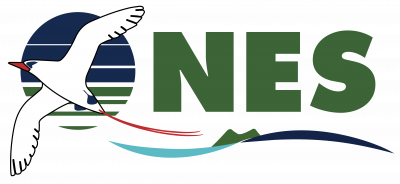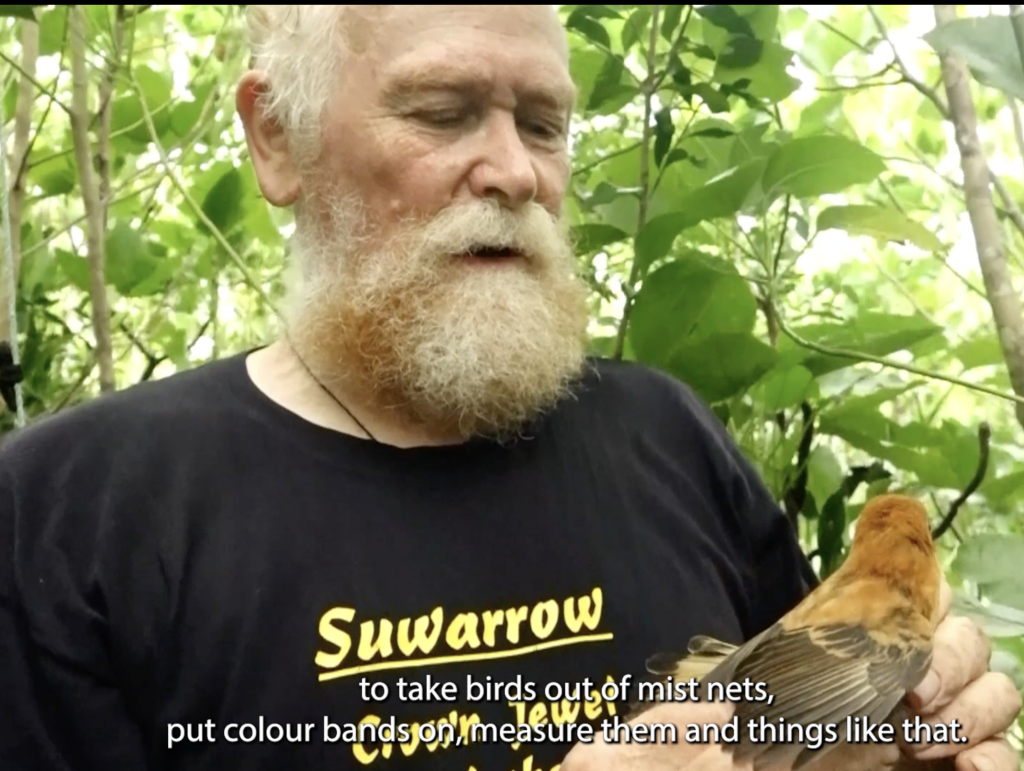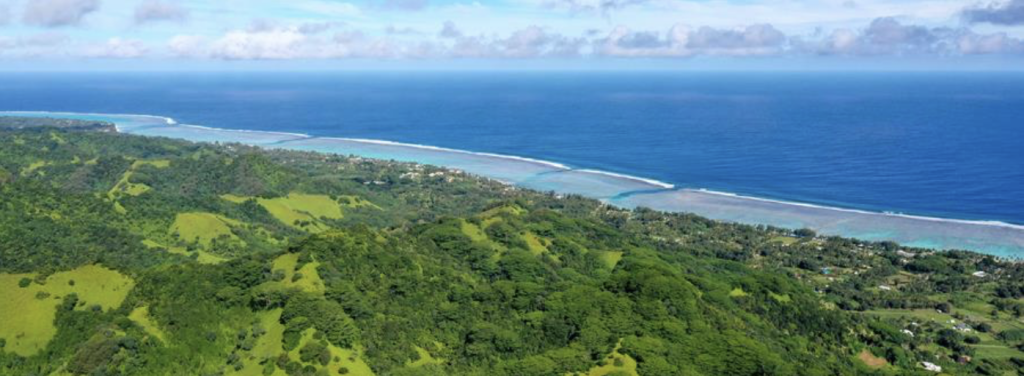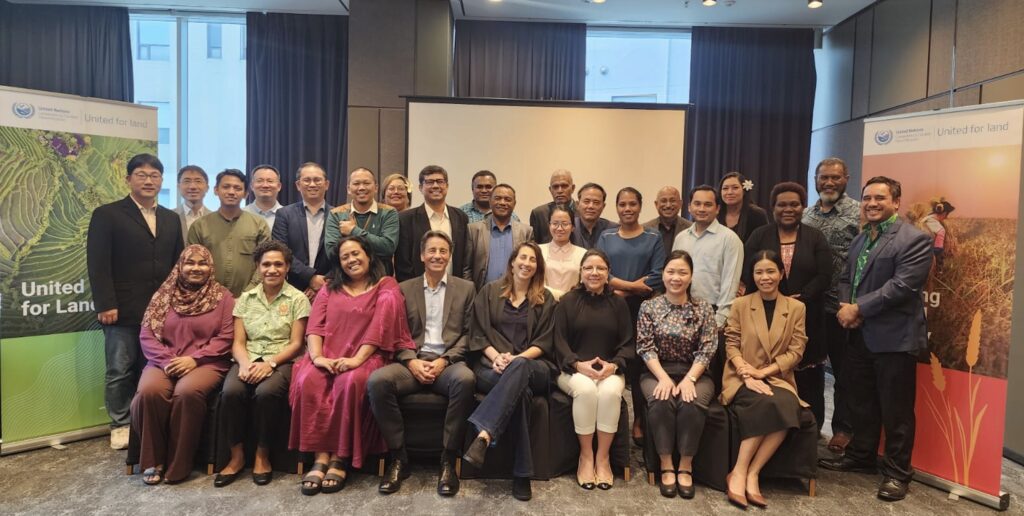NES is pleased to share the results of the recent Kākerōri banding effort led and reported by Hugh Robertson. This was conducted between August 20 and September 9, 2024, and resulted in the capture of 52 new Kākerōri birds. This includes 25 yearlings (Oy), 12 two-year-olds (Ob), 7 three-year-olds (M), and 8 four-year-olds or older (G) – this was the 6th best tally ever recorded.
In addition to the newly banded birds, seven previously banded Kākerōri were recaptured, allowing researchers to gather valuable data for ongoing conservation efforts. With this year’s work, a total of 1,107 Kākerōri have been individually marked since banding began in 1987, though many have since passed away.
While the number of yearlings captured was lower than anticipated, the team noted that poor weather prevented them from visiting key sites known for younger birds, such as the back of the Totokoitu and Upper Avana valleys. Reports from local observers Brennan Panzarella and Lynda Nia also suggest that younger birds may be traveling further afield to find suitable habitats.
In addition to the Kākerōri, efforts were made to assist Rachel Selwyn’s research on the I’oi, another endemic species. Six I’oi were colour-banded and radio-tagged, providing a strong sample to track through the upcoming breeding season. This work represents a significant step forward in monitoring the I’oi, a species that has been incidentally captured during Kākerōri banding efforts over the past 37 years.
Other critical aspects of the expedition included GPS data collection by Jaz Hamilton and Cassie Mealey to assist in mapping routes and bait stations. These efforts are complemented by new maps being prepared by Antoine Nia using LIDAR data, offering much more accurate representations of the area than previous topographical maps.
Rats proved a noticeable challenge this year, particularly on Banana Spur, where bait stations were quickly depleted. Efforts to control rat populations were somewhat successful, but the contrast in bait uptake between sites highlighted the need for further monitoring and intervention.
The banding team extends its gratitude to Ian, Brennan, and the NES and TIS staff for their support throughout the expedition. The team looks forward to further conservation work in 2025, including the next round of mist netting and the triennial census.
Special thanks to Hugh Robertson for providing this year’s data, as it informs the ongoing conservation efforts for the Kākerōri and other species in the region.







